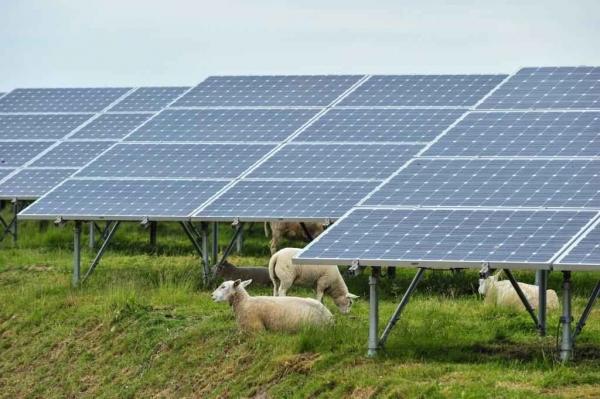| Home |
| Green Building Bible, Fourth Edition |

|
These two books are the perfect starting place to help you get to grips with one of the most vitally important aspects of our society - our homes and living environment. PLEASE NOTE: A download link for Volume 1 will be sent to you by email and Volume 2 will be sent to you by post as a book. |
Vanilla 1.0.3 is a product of Lussumo. More Information: Documentation, Community Support.
Posted By: philedgePVGIS should give you a fair generation estimate but I m not sure if it will handle a split array?? It should do but Im not sure.

Posted By: minisaurus According to PVGIS, I'd only have to pay four months of the year

Posted By: philedgeUnfortunately unless you only use exactly whats being generated youre unlikely to avoid grid draw for more than a short period, unless youve got storage. Without storage, as soon as the sun goes in youll be drawing on the grid having exported loads the day before, if it was sunny!
Posted By: djh400 W panels. Who knew they were a thing? I expect they're expensive

Posted By: WillInAberdeenA solar farm with rough grass below panels, is far more biodiverse,
Posted By: fostertomAre the fragile structures compatible with dartmoor ponies or other stewardship-agreed animals?
Posted By: WillInAberdeenPeter, where would you say the rain that falls onto the panels, would end up? :-)




Posted By: WillInAberdeenthey don't spray herbicide in the UKI'd have thought that too, but there are lots of firms advertising precisely that service?
Posted By: owlmanAlmost a bit of installation art even.You got it
1 to 30 of 30